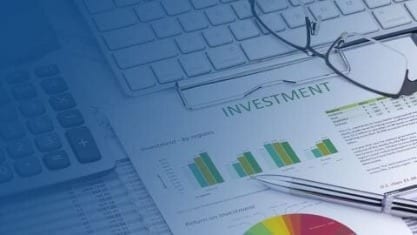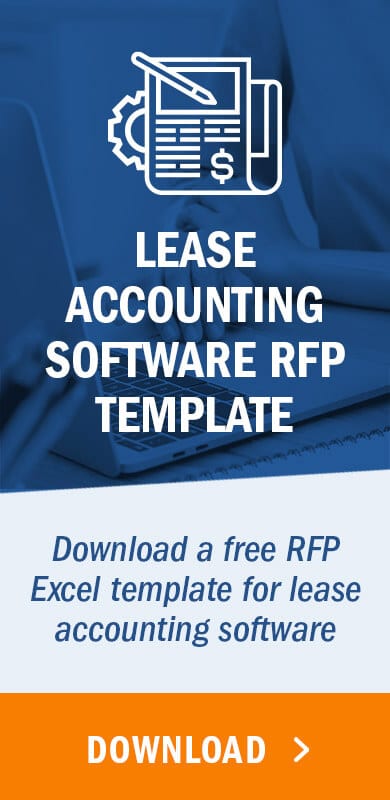One of the main factors driving the standard update was the need for investors to have greater transparency into companies’ financials. In the long run, having leases on the balance sheet will enable investors to have a more complete picture of the financial statements of the companies they invest in. But in the short term, the change is causing some disruption and even potential confusion.
Potential distortion of key metrics
For decades, investors have relied on legacy data sources to aggregate key metrics on public companies to aid in their analysis and decision-making. Under the new rules, balance sheets have swelled by trillions of dollars. According to a recent Credit Suisse report, metrics like return on invested capital and leverage are heavily affected by the change and make it hard to compare apples to apples.
The main concern is whether or not data vendors are automatically including operating leases in their metrics, and if investors realize that there have been adjustments to their data feeds.
Vendors have adapted how they present metrics like EBITDA and debt. But investors lack insight into how these adjustments were made, which can lead to misunderstandings when they input those numbers into their financial models.
The takeaway is that there needs to be more awareness of the analytical impact of the new standard, particularly in active leasing sectors like retail and transportation.
The footnotes are still important
There is a misconception that, with lease obligations moving from the footnotes to financial statements, investors don’t need to give much attention to lease disclosures. In a recent white paper on the new standard, the CFA Institute notes that:
“The footnote disclosures are an important supplement to these recognition effects. They will facilitate an understanding of the measurement of lease obligations and right-of-use assets at inception and over time.”
To get a clear picture of how the new standard impacts companies’ balance sheets, investors need to do more than scrutinize balance sheets. The CFA Institute advises that investors review transition disclosures as of January 1, 2019, as well as elements of the annual disclosures.
The disclosures that they deem to be of particular importance are as follows:
- Maturity Analysis, Weighted Average Remaining
- Lease Term, and Weighted Average Discount Rate
- Lease Features
- Cash Paid vs. Total Cash Outflows
- Short-Term Lease Cost and Commitments
The magnitude of the new lease changes will cause some growing pains among the investment community. With recent research showing that public companies are still addressing challenges well after the compliance deadline, it highlights the importance of having accurate, reliable, and defensible data to begin with.






